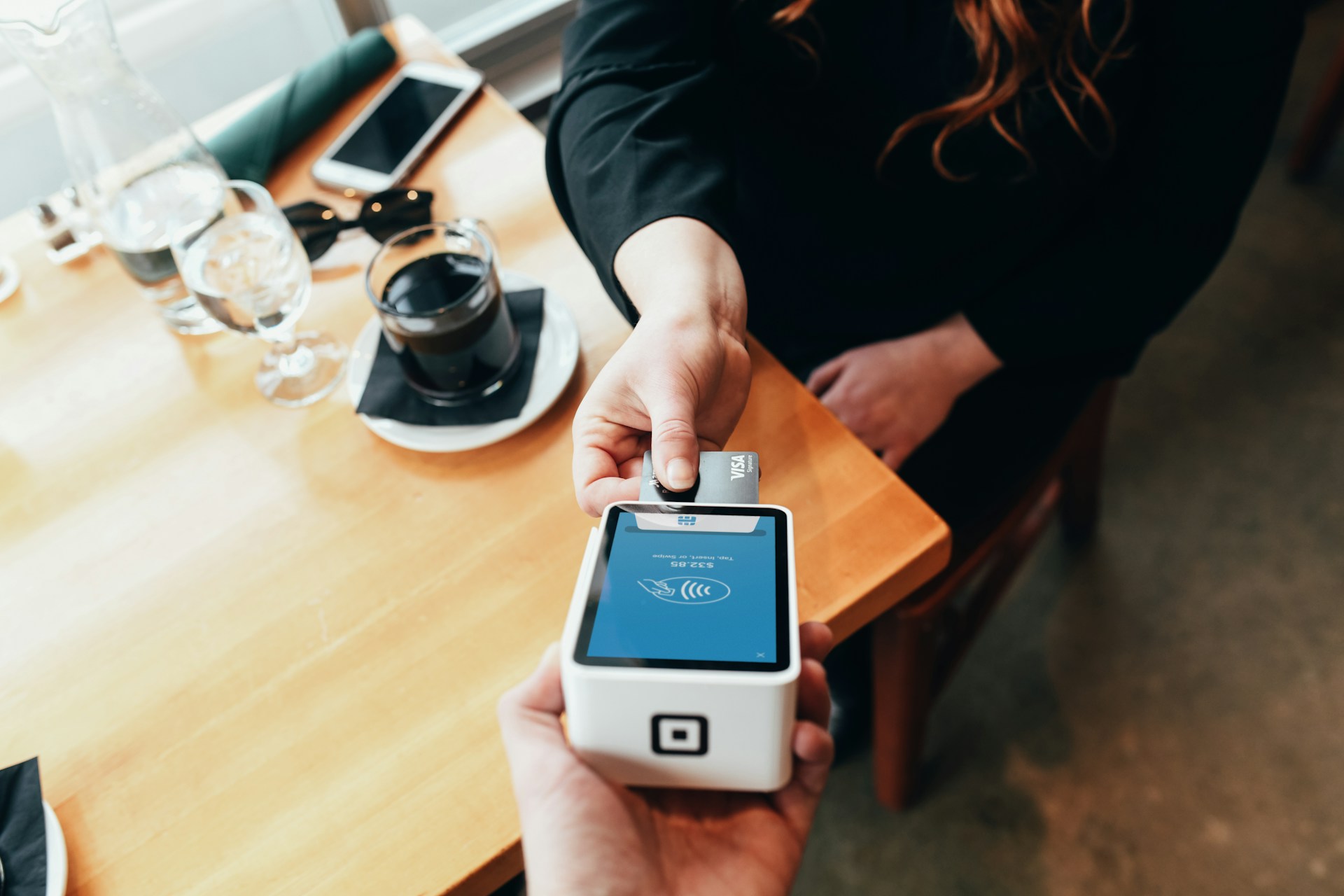Startups are often seen as the modern-day gold rush, with entrepreneurs chasing dreams of success and investors hoping to strike it rich. Yet, not all startups make it to the top. Despite raising millions in funding, some startups collapse just as quickly as they rise, leaving behind stories of what-could-have-been. Let’s dive into the tales of 13 startups that soared high with immense potential, only to crash and burn practically overnight.
1. The Unfortunate Tale of Juicero

Juicero was an ambitious startup that promised to revolutionize the way we consume fresh juice. Their Wi-Fi-enabled juicing machine, priced at $400, required proprietary juice packs, which raised eyebrows due to their high cost. The tech community was initially buzzing with excitement over this innovation, which attracted around $120 million in funding from enthusiastic investors. However, Juicero’s dream crumbled when Bloomberg demonstrated that the juice packs could be squeezed by hand without the need for the expensive machine. This revelation was a fatal blow to the company, sparking widespread criticism and ridicule.
The backlash was swift, and Juicero found itself unable to recover its reputation. Despite attempts to pivot their business model, the damage was done. Investors pulled out, and the startup closed its doors in 2017. Juicero serves as a cautionary tale about the importance of genuine value over hype in product development. According to CodeMotion, Juicero’s downfall was a lesson in understanding consumer needs and not over-engineering solutions to simple problems.
2. The Rise and Fall of Beepi

Beepi was a startup with a bold vision to disrupt the used car market by making it easier for consumers to buy and sell cars online. With a user-friendly platform and millions in funding (around $150 million), Beepi quickly gained traction. The process promised inspections, delivery, and even a 10-day money-back guarantee, which seemed like a win-win for car buyers and sellers alike. However, the startup faced operational challenges and couldn’t scale effectively to meet growing demand.
Beepi’s financial troubles became evident when it struggled to secure further investment. The company experienced rapid cash burn and mounting expenses that outpaced its revenue. Ultimately, Beepi’s assets were sold off in 2017, marking the end of a promising venture. The fall of Beepi highlights the critical importance of sustainable growth and the need for startups to balance innovation with practical business strategies. According to Forbes, Beepi’s collapse was a stark reminder of how quickly fortunes can change in the startup world.
3. The Short-Lived Success of Quibi

Quibi, short for “quick bites,” was a mobile streaming platform that aimed to redefine entertainment consumption with short-form videos. With nearly $2 billion in funding and big Hollywood names attached, Quibi seemed poised to dominate the streaming landscape. The idea was to offer high-quality, bite-sized content perfect for on-the-go viewing. However, Quibi launched in April 2020, just as the COVID-19 pandemic altered media consumption habits worldwide, leading to unforeseen challenges.
Despite its star-studded lineup and massive investment, Quibi struggled to attract and retain subscribers. The platform’s failure to integrate with television screens and its overestimation of mobile streaming demand contributed to its downfall. By October 2020, just six months after launch, Quibi announced its shutdown. This rapid decline underscored the importance of understanding market trends and consumer behavior before launching a product. According to The Verge, Quibi’s story illustrates how even the most well-funded startups can falter without a clear alignment with audience needs.
4. The Missteps of Theranos

Theranos, once hailed as a revolutionary health tech company, promised to change the world of medical testing with its groundbreaking blood analysis technology. At its peak, the company was valued at $9 billion, attracting prominent investors and partners. Theranos claimed its technology could run comprehensive tests using just a few drops of blood, making diagnostics more accessible and affordable. However, behind the scenes, things were far from what they seemed.
Investigations revealed that Theranos’ technology was deeply flawed and unreliable. Reports emerged that the company often used traditional machines to conduct tests instead of its proprietary devices. The ensuing scandal, coupled with legal battles and regulatory scrutiny, led to the company’s dissolution in 2018. Theranos serves as a stark reminder of the dangers of overpromising and underdelivering, particularly in industries where lives are at stake. The fallout also highlighted the critical role of transparency and accountability in fostering trust with investors and consumers.
5. The Collapse of Fyre Festival

Fyre Festival was marketed as an exclusive, luxury music festival set on a private island in the Bahamas. With enticing promotional material and the backing of celebrity influencers, thousands of attendees were drawn to this idyllic paradise. The event promised gourmet food, luxurious accommodations, and performances from top artists. However, upon arrival, attendees found themselves facing chaos, inadequate shelter, and subpar meals—a far cry from the promised luxury experience.
The festival’s failure was attributed to poor planning, lack of infrastructure, and financial mismanagement. Organizers, including entrepreneur Billy McFarland, faced legal consequences and were charged with fraud. The fallout was immense, leaving both investors and attendees outraged. Fyre Festival’s demise highlights the significance of honest marketing and the repercussions of failing to deliver on grand promises. It stands as a cautionary tale about the importance of meticulous planning and execution in event management.
6. The Brief Flight of Airware

Airware was a promising startup that aimed to be a leader in the drone industry by providing enterprise software for commercial drones. The company raised over $100 million in funding from top-tier investors and sought to be at the forefront of drone innovation. Airware’s platform was designed to help businesses utilize drone technology for data collection and analysis in industries like construction and agriculture. However, despite the promising technology and market potential, Airware struggled to find a sustainable business model.
Internal challenges, coupled with stiff competition, led to Airware’s downfall. The company expanded too rapidly without establishing a solid revenue foundation, which resulted in financial strain. In 2018, Airware abruptly shut down, leaving behind a cautionary tale of scaling too quickly without a clear path to profitability. The story of Airware emphasizes the importance of aligning product offerings with market demand and the need for strategic financial management to ensure long-term success.
7. The Fast Burnout of Homejoy

Homejoy entered the market as a promising home-cleaning service platform, offering convenient and affordable cleaning solutions at the click of a button. The startup quickly gained popularity and secured approximately $40 million in investment. The business model leveraged the gig economy, providing flexible job opportunities for cleaners and ease of access for customers. However, operational challenges soon emerged, including high turnover rates among workers and concerns over service quality.
Legal challenges further compounded Homejoy’s troubles, with lawsuits alleging worker misclassification as independent contractors instead of employees. These issues created financial strain and reputational damage that the company struggled to overcome. In 2015, Homejoy announced its closure, marking the end of its rapid rise and fall. The startup’s story underscores the importance of addressing legal and operational concerns proactively to maintain business viability and protect against unforeseen pitfalls.
8. The Ill-Fated Journey of Rdio

Rdio was an early player in the music streaming industry, offering a sleek interface and a vast library of songs. The company sought to compete with giants like Spotify and quickly attracted investment totaling around $125 million. Despite its innovative features and positive user feedback, Rdio faced intense competition and struggled to gain significant market share. The challenge of securing licensing deals with record labels also posed a significant hurdle, impacting Rdio’s ability to expand its music catalog.
As competition intensified, Rdio’s financial struggles became more pronounced. The inability to keep pace with well-funded competitors ultimately led to its downfall. In 2015, Pandora acquired Rdio’s assets, marking the end of its journey. Rdio’s experience highlights the fierce competitive landscape of the tech industry and the necessity for startups to differentiate themselves effectively to thrive amidst established players.
9. The Sudden End of Zirtual

Zirtual was a virtual assistant service that aimed to transform the way professionals managed their tasks by providing dedicated personal assistants remotely. The company gained traction and raised around $5.5 million in funding, attracting a loyal customer base seeking efficiency and convenience. However, Zirtual’s rapid expansion outpaced its financial capabilities, resulting in an unsustainable business model.
Without sufficient capital to cover operational costs, Zirtual faced a cash flow crisis. The company abruptly ceased operations in 2015, leaving employees and clients in shock and scrambling for alternatives. The swift closure illustrated the critical importance of financial planning and cash flow management in scaling a business. Zirtual’s story serves as a reminder that even with a strong product offering, startups must carefully manage growth to ensure long-term viability.
10. The Swift Crash of Clinkle

Clinkle was a mobile payments startup that generated significant buzz, raising $30 million in funding from high-profile investors before even launching a product. The anticipation and secrecy surrounding Clinkle’s technology created a media frenzy, with promises of a groundbreaking payment experience. However, the company’s inability to deliver on its promises quickly led to skepticism. Internal turmoil, including leadership changes and strategic missteps, further eroded investor and consumer confidence.
The lack of a clear business model and product-market fit compounded Clinkle’s challenges. Despite multiple attempts to pivot and relaunch, the startup was unable to recover its initial momentum. By 2015, Clinkle had effectively shut down, leaving behind a cautionary tale of hype without substance. Clinkle’s experience underscores the necessity for startups to focus on product development and market validation before seeking significant investment.
11. The Fall of Fab.com

Fab.com started as a social network for gay men before pivoting to become an e-commerce platform for design-focused products. The startup initially experienced rapid success, attracting over $300 million in funding and millions of users. However, rapid expansion and aggressive marketing strategies led to unsustainable growth. Fab.com’s inability to manage inventory and logistics efficiently resulted in mounting losses and customer dissatisfaction.
As financial woes deepened, Fab.com struggled to recover, ultimately selling off assets in 2014 for a fraction of its peak valuation. The swift fall of Fab.com illustrates the risks associated with rapid scaling without a solid operational foundation. The startup’s journey highlights the importance of balancing growth ambitions with practical business management to ensure long-term success in the competitive e-commerce landscape.
12. The Misguided Ambitions of Solyndra

Solyndra was a solar panel manufacturer that aimed to revolutionize the renewable energy industry with its innovative cylindrical solar panels. The company received significant government support and raised over $1 billion in private funding. Despite initial optimism and political backing, Solyndra faced challenges from declining solar panel prices and intense global competition. The company’s high production costs and inability to achieve profitability led to its bankruptcy in 2011.
Solyndra’s downfall became a highly publicized case of failed green energy investment. The startup’s experience underscores the necessity for companies to adapt to market dynamics and cost structures to remain competitive. It also highlights the complexities of operating in industries reliant on technological advancements and external factors, such as governmental policies and global market trends.
13. The Short-Lived Glory of Color Labs

Color Labs was a photo-sharing app that sought to capitalize on the social media boom, raising $41 million in funding before even launching. The app promised unique features that differentiated it from competitors, sparking curiosity and anticipation. However, upon release, Color Labs failed to capture user interest and faced technical challenges. The lack of a clear value proposition led to poor user retention and engagement.
Color Labs’ struggles were compounded by internal conflicts and strategic uncertainty. Despite efforts to pivot and revitalize the app, the startup was unable to regain traction. In 2012, Color Labs shut down, marking the end of its fleeting journey. The story of Color Labs serves as a reminder of the importance of understanding user needs and market trends when launching tech products, emphasizing that innovation must align with consumer demand to drive success.
This article is for informational purposes only and should not be construed as financial advice. Consult a financial professional before making investment or other financial decisions. The author and publisher make no warranties of any kind.








